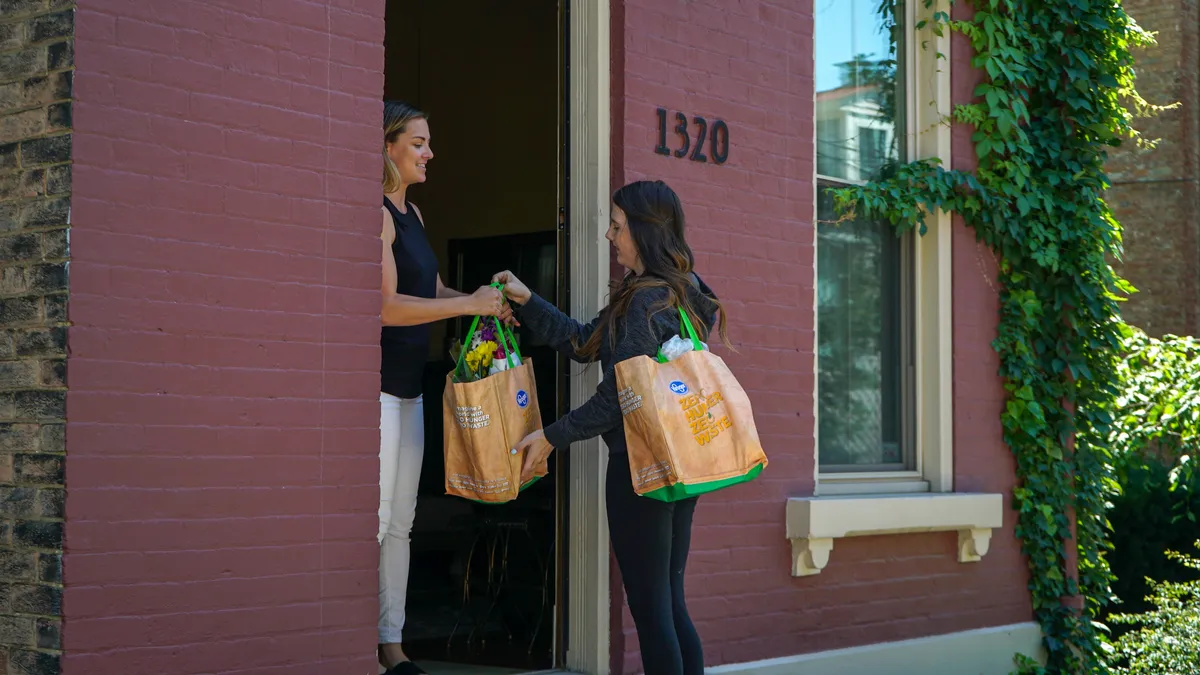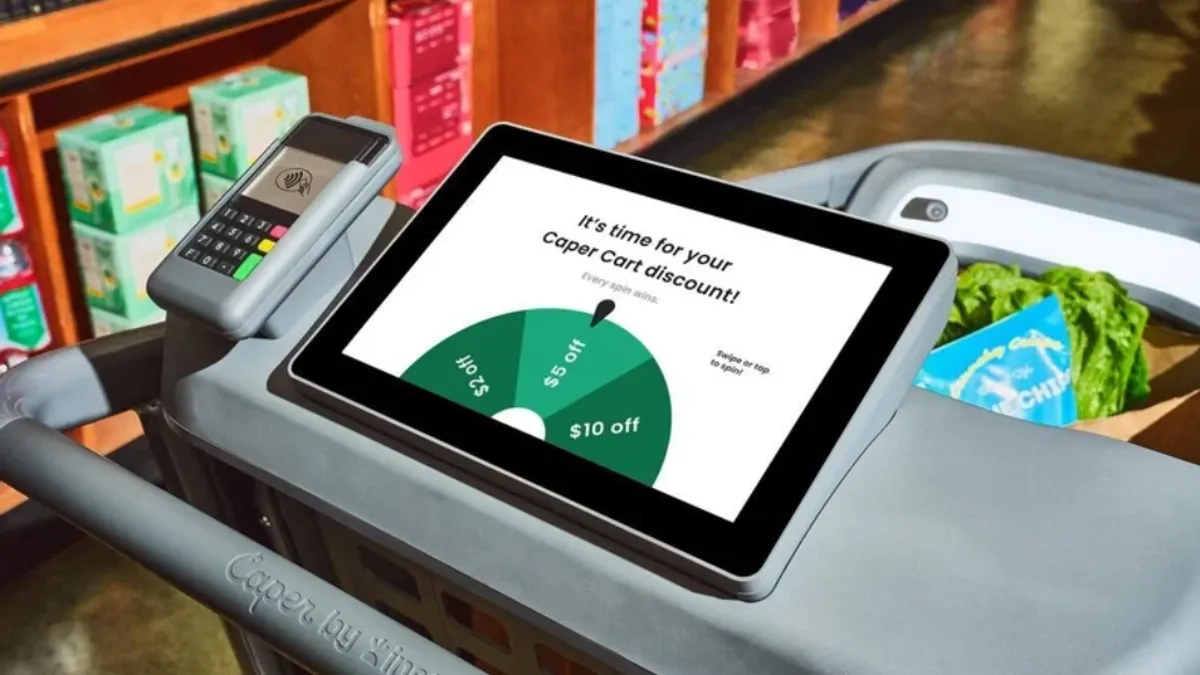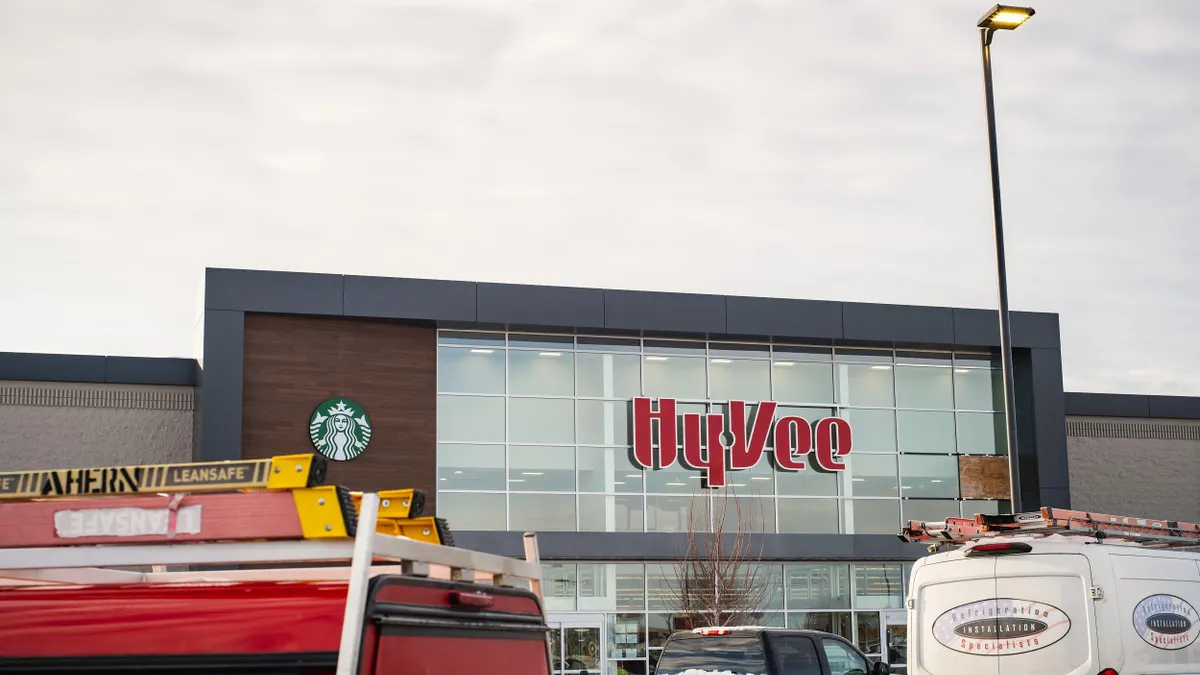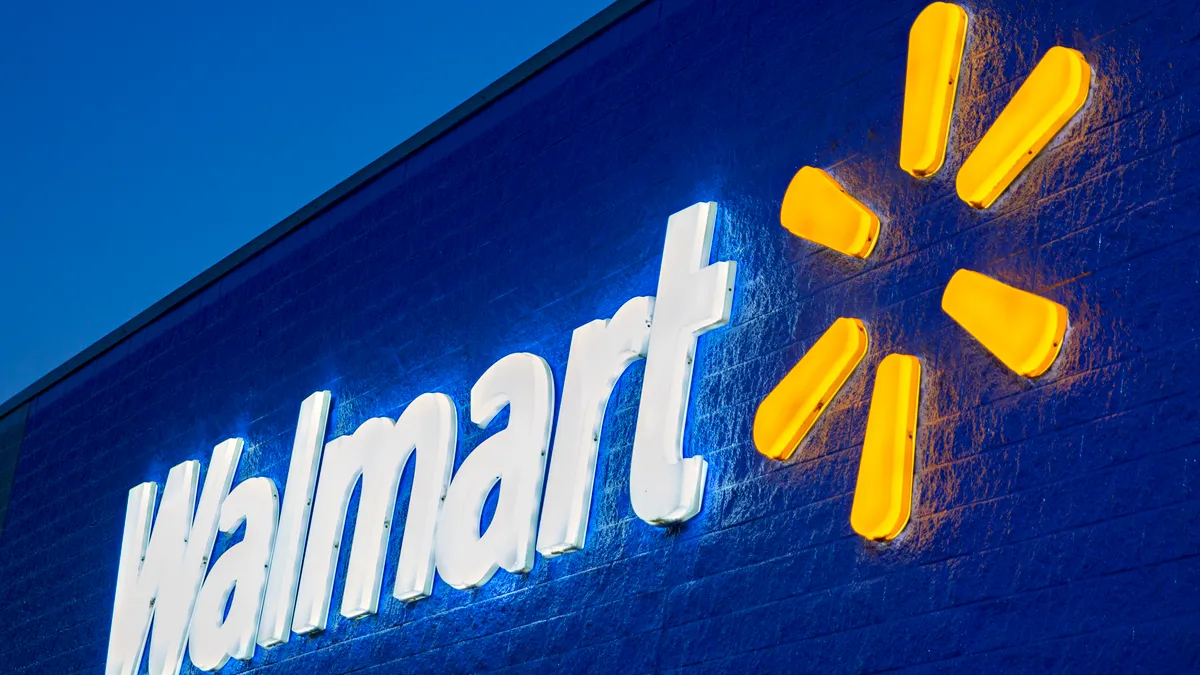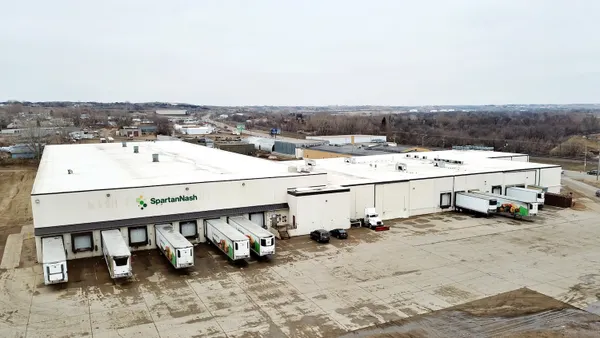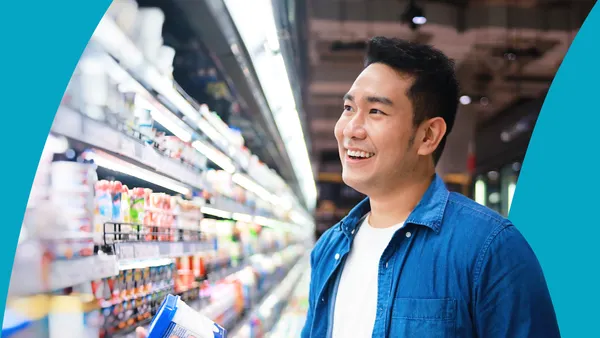Shoppers no longer compartmentalize a grocer's in-store experience from its online shopping experience. And grocers, as a result, need to elevate all channels in line with consumer expectations. That was Instacart's chief business officer Nilam Ganenthiran's primary message at GroceryShop in Las Vegas last month.
"There is no channel-specific customer anymore," said Ganenthiran, during a question-and-answer session at the show.
On the pickup front, grocers are charging ahead since the service is simpler to orchestrate and generally a good value in terms of labor cost. Delivery, though, represents a significant investment. And for retailers not prepared to build or acquire the hardware and software to make it happen, the prevailing solution to date has been Instacart.
Instacart recently told Grocery Dive it wants to be the operating system for grocery e-commerce. It's created a white-label solution where grocers can create digital storefronts with their own branding. It now enables delivery and pickup. And it allows grocers to minimize the upfront expense of delivery while accommodating high volume if and when it comes.
Instacart is as close to a plug-and-play solution as grocers will find on the market — but it comes at a cost, according to a recent report by Barclays. The report warns that grocers relying on an all-inclusive provider like Instacart can create stagnant internal technology progress. Furthermore, what they gain in ease, they sacrifice in brand loyalty, customer data and supplier marketing spend. (Instacart refutes Barclay's assessment.)
As online grocery evolves and the "friend or foe" conversation swirls around Instacart, tech players are getting together to offer alternatives.
Tech firms get organized
In September, two grocery e-commerce software platforms teamed up with two last mile delivery management platforms. The first was Mercatus, which joined forces with delivery tech firm Bringg. Mercatus offers digital commerce software used by Weis Markets, Save Mart, Brookshire Grocery Company and WinCo Foods, among others.
Bringg allows users to orchestrate deliveries by internal fleet or through third-party delivery providers. The company partnered with Walmart, providing the delivery software to power the retailer's Spark pilot last year, and currently counts AutoZone, Panera Bread and Coca-Cola among its customers.
In a statement, Sylvain Perrier, president and CEO of Mercatus, said the partnership will provide retailers with a delivery option "that they control."
Bringg CEO Guy Bloch told Grocery Dive the deal reflects grocers' demand for end-to-end service, and for a variety of options in the marketplace. "From our initial calls and meetings it became clear to both sides that this was an easy decision with major implications for a vertical with a core strategic need: to grow e-commerce and break their dependence on a few major players," he said.
Similarly, in September, last-mile tech startup Onfleet teamed up with e-commerce software provider Mi9 Retail. Onfleet offers the digital backend and customer communication tools for retailers to manage their delivery fleets. The deal came about when Mi9 customer United Supermarkets was shopping for a last-mile tech solution. When United chose Onfleet as a provider, the Mi9 integration came into focus, said Onfleet CEO Khaled Naim.
Onfleet and Bringg offer management tools like routing, tracking and customer-facing features that help shoppers feel they have visibility into the delivery process. The companies also allow users to hire and manage delivery fleets, which Instacart does not.
Even before these deals, Jyve, a gig economy in-store labor provider, teamed up with last-mile provider Deliv last October. Earlier this year, Jyve announced $35 million in new funding and said it would move deeper into e-commerce order fulfillment. Anu Gupta, a veteran of Safeway and formerly Target's senior vice president of strategy execution and operational excellence, serves as Jyve's chief operating officer.
"We're already doing merchandising, we're already there doing ordering and demos," Jyve CEO Bradford Oberwager told Grocery Dive at the time. "To add on picking a grocery order, that's actually a very easy add-on for us."
Ganenthiran told Grocery Dive that Instacart's marketplace helps introduce customers to retailers' brands, while its white-label solutions offered through Unata, which the company acquired in 2018, keep those brands front-and-center. Instacart is also working on building value with retailers through new services like alcohol delivery, pickup, and a shop-by-recipe tool.
Bringg's Bloch, however, said many grocers lunged at the easiest solutions to implement, including Instacart and Shipt, following Amazon's acquisition of Whole Foods two years ago.
"The answer was a tech Band-Aid — embracing third-party solutions that provided instant, turnkey solutions," Bloch said.
As delivery orders gain market share and the store and online experiences merge, the tools used to manage the e-commerce environment need to be as comprehensive as those that manage the traditional store experience, sources said. From coupons to loyalty programs to circular ads and more, a one-stop-software shop for grocery e-commerce will need all of these elements on top of cart-building, inventory management, last-mile and more to eliminate patchwork technology stacks.



